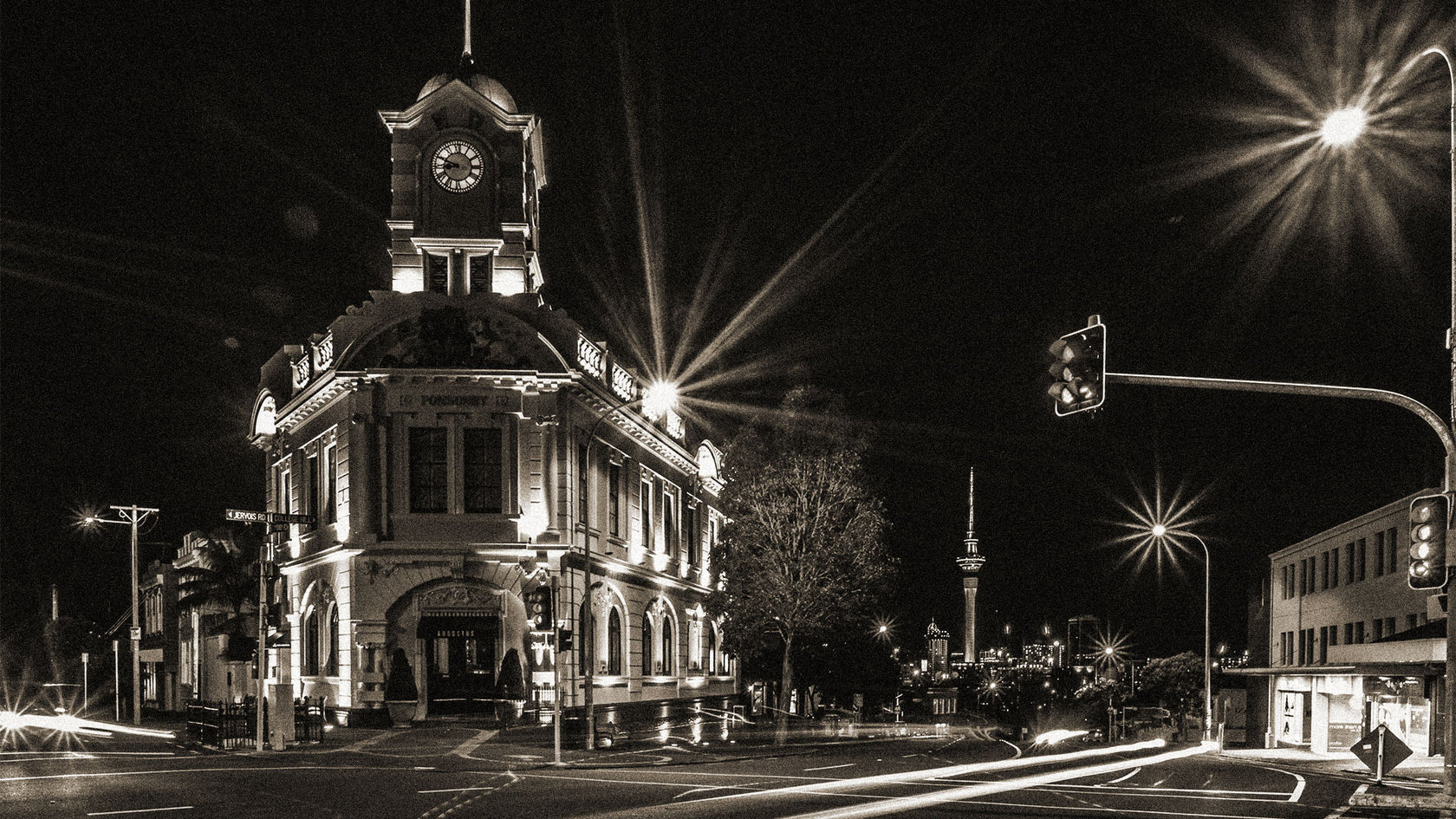Kiwifruit and Cults ...In mid June, Ponsonby U3A members were enlightened by presentations from Dr Ross Ferguson of Plant and Food Research detailing the fascinating history of our ubiquitous kiwifruit and, equally, a presentation from U3A member Lorraine Ramsay entitled Growing Up in a Cult.
Ross, a Fellow of the Royal Society of New Zealand, has been employed by New Zealand Plant and Food Research (or its predecessor DSIR) since 1965. For many years, kiwifruit has been his dominant interest. He has received worldwide recognition for his work with kiwifruit including numerous visits and interactions with scientists from China – the indigenous origin of kiwifruit.
Ross explained that the earliest references to the fruit can be traced back 2800 years in Chinese literature and poetry. Its original name minoutao or macaque fruit referred to the monkey’s love of the fruit. Moving on to the mid eighteen hundreds when worldwide exploration was underway, Ross traced the early pioneering work by English horticultural explorers. Their targets were to collect specimens of the world’s uniquely different indigenous species and transport them to Kew in London where they might be displayed or possibly cultivated to enrich the English flora. Ross explained how the initial lack of recognition of the distinction between the male and female plants, combined with the need to mature plants for five years prior to pollination, led to a very slow initial cultivation success.
Ross then focussed on kiwifruit’s introduction to New Zealand and the role that members of the Presbyterian missions to China played in bringing the first kiwifruit seeds to our shores in1904 through the principal of Whanganui Girls College who was visiting mission schools in China. The seeds were planted in New Zealand by a Whanganui orchardist Alexander Allison. These plants fruited in 1910 but it was the renowned horticulturalist Hayward Wright who cultivated the first commercial variety (named Hayward) in 1928. Ross described how the fruit was initially named Chinese gooseberry because of the similarity of the flavour to the unrelated European gooseberry (Grossulariaceae family). The transformation of the name to kiwifruit was chosen as a marketing strategy through Turners and Growers in the late 1950s.
Ross then brought us up to date with the more recent pioneering work carried out at Plant Research to selectively develop the most appropriate plants and modifications leading to the current success story of the Kkwifruit industry. Ross closed with some interesting production statistics revealing that China currently produces roughly 10 times the New Zealand production of kiwifruit. The Chinese production is all used locally. New Zealand dominates the world export markets but there is definite competition from Italy and Greece with lesser amounts from Chile, Belgium and Turkey. International marketing of New Zealand’s production is undertaken by Zespri International Ltd which is the largest marketer of kiwifruit in the world and is owned and governed by the growers themselves.
U3A member Lorraine Ramsay gave members a heartening account of her childhood experiences growing up in Taranaki where her family became part of a local branch of the Two-by-Two Cult. Lorraine stressed that although deprived of many typical childhood luxuries, she recalled that her interactions with cult members were conservative and restraining, but she experienced no evidence of any inappropriate behaviour from cult leaders while she was a member.
Ponsonby U3A welcomes newcomers. If you are interested in attending, first as a visitor, please call President Bronwen Hughes on M: 021 549 093. (CHRISTINE HART) χPN
NEXT MEETING: Friday, 11 July 2025.
GUEST SPEAKER WILL BE: Boyd Swinburn, Professor of Population, Nutrition and Global Health, University of Auckland.
VENUE: Herne Bay Petanque Club, Salisbury Reserve, Salisbury Street, Herne Bay.
ENQUIRIES: Bronwen Hughes, President, Ponsonby U3A
www.u3a.nz


